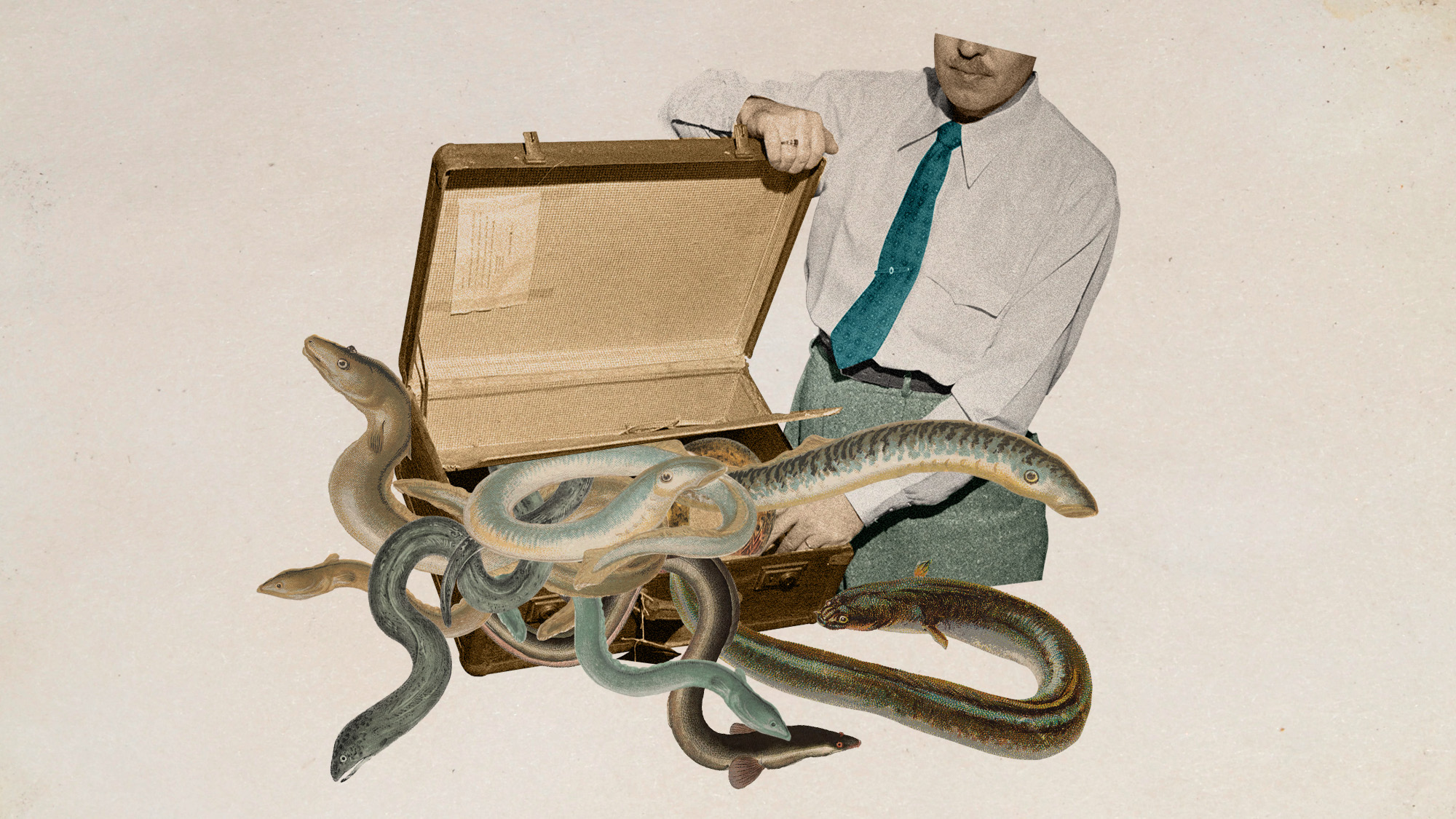The British taxi driver who chose to be mummified
Why did 61-year-old Alan Billis donate his body to be rigorously preserved like the remains of an Egyptian pharaoh?

Mummification isn't just for pharaohs anymore. British researchers have preserved the remains of Alan Billis, a former taxi driver, who volunteered for the project after learning he had terminal lung cancer. Billis died in January at 61, and became the first person in 3,000 years to be mummified using a specific process historically reserved for the "best of the best" mummies in ancient Egypt. "I'm the only woman in the country who's got a mummy for a husband," says Billis' widow, Jan. Here, a guide to the strange tale:
Why would he agree to such a thing?
For two reasons: Science and TV. Billis read about the experiment in the newspaper and called the researchers. He agreed to have his corpse mummified by Dr. Stephen Buckley, a chemist at York University who has spent years studying and perfecting the technique used to preserve King Tutankhamun in 1323 B.C. Buckley says his research has turned the old understanding of mummification "completely on its head," so he put his recipe to the test. The process was filmed for a documentary, Mummifying Alan: Egypt's Last Secret, set to air in the U.K. on Oct. 24.
The Week
Escape your echo chamber. Get the facts behind the news, plus analysis from multiple perspectives.

Sign up for The Week's Free Newsletters
From our morning news briefing to a weekly Good News Newsletter, get the best of The Week delivered directly to your inbox.
From our morning news briefing to a weekly Good News Newsletter, get the best of The Week delivered directly to your inbox.
What did the process involve?
Buckley and his team wanted the process to be as authentic as possible. They even "recreated the hot, arid conditions of ancient Egypt" in their lab, says Nick Carbone of TIME, with the goal of transforming Billis from the humble Alan into "Tutan-Alan," as he is now affectionately called. In accordance with tradition, the team removed Billis' organs and replaced them with bags of linen to maintain the body's form. The corpse was placed in a salt bath for more than a month to remove all moisture, the skin covered with oils to protect it from the harsh salts. Then the body was painstakingly wrapped in linen bandages for preservation.
And what do the researchers hope to learn?
They're hoping to gain new insights into the science of mummification and decomposition — and maybe even find a substitute for preservation chemicals like formaldehyde. Egyptologist Bob Brier, who mummified an anonymous cadaver in 1994, said the documentary project is a "valuable thing," although he thought it odd that Buckley personalized it by identifying Billis as the mummy. But the team deflects the idea that the project is mere "sensationalism," and "Tutan-Alan" did, too. "Shame I'm not gonna be around to see it, isn't it?" he said in an interview months before his death, "Because I like documentaries."
A free daily email with the biggest news stories of the day – and the best features from TheWeek.com
-
 Eel-egal trade: the world’s most lucrative wildlife crime?
Eel-egal trade: the world’s most lucrative wildlife crime?Under the Radar Trafficking of juvenile ‘glass’ eels from Europe to Asia generates up to €3bn a year but the species is on the brink of extinction
-
 Political cartoons for November 2
Political cartoons for November 2Cartoons Sunday's political cartoons include the 22nd amendment, homeless camps, and more
-
 The dazzling coral gardens of Raja Ampat
The dazzling coral gardens of Raja AmpatThe Week Recommends Region of Indonesia is home to perhaps the planet’s most photogenic archipelago.